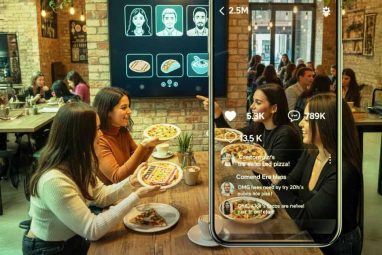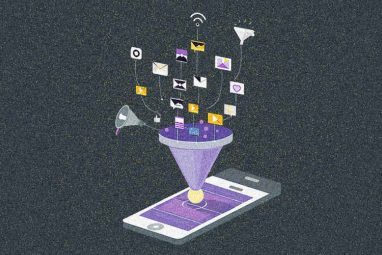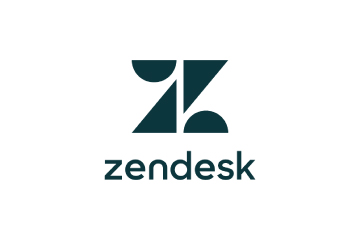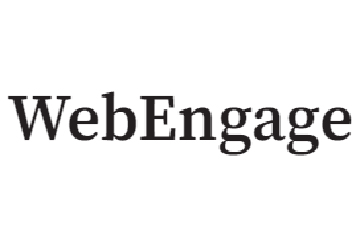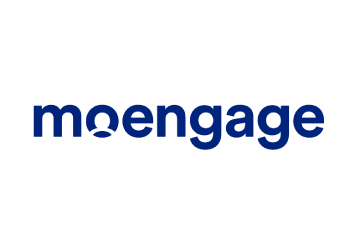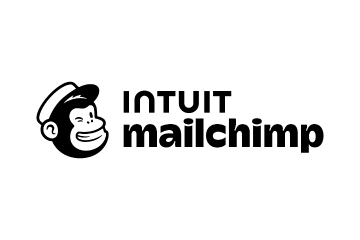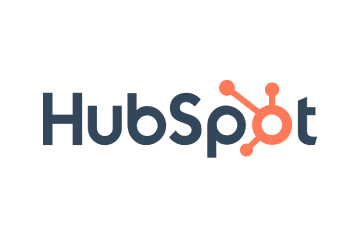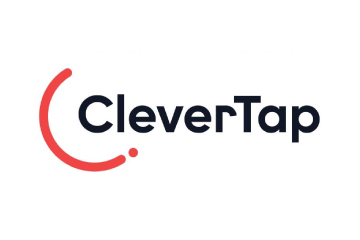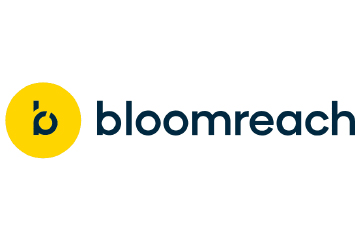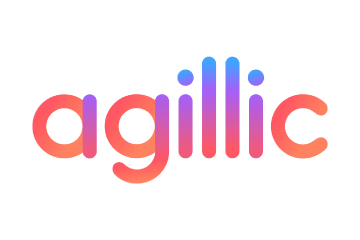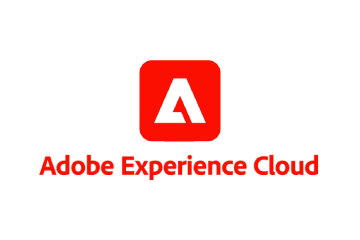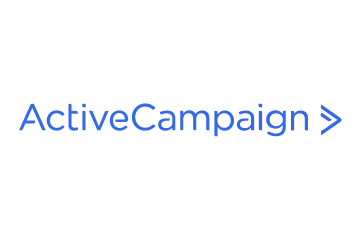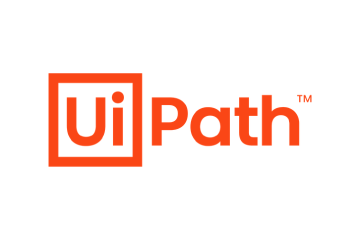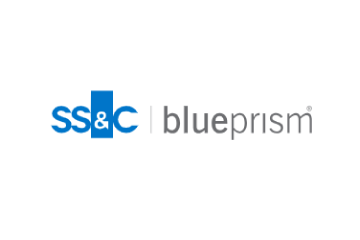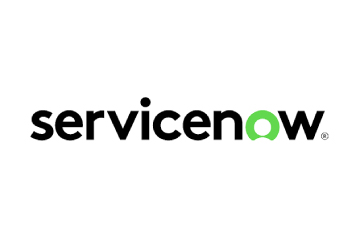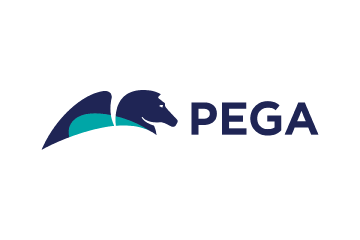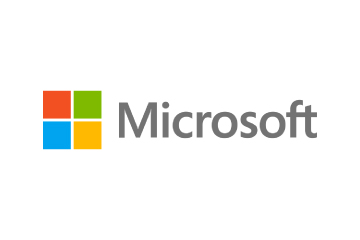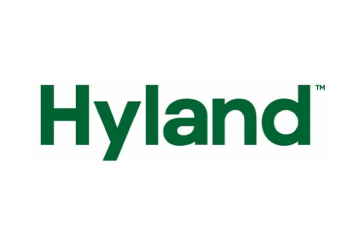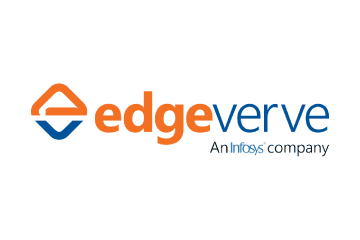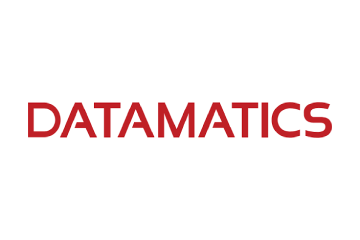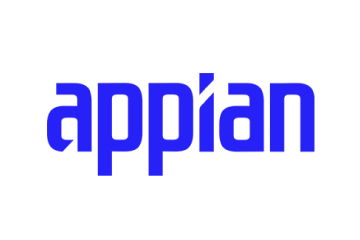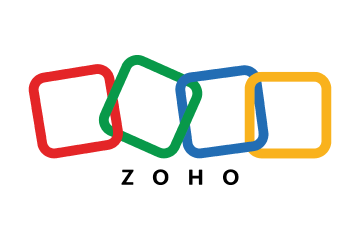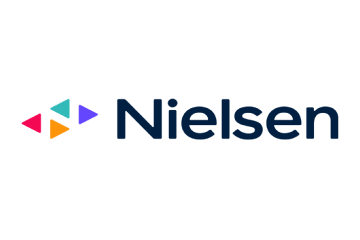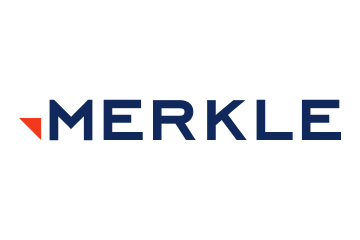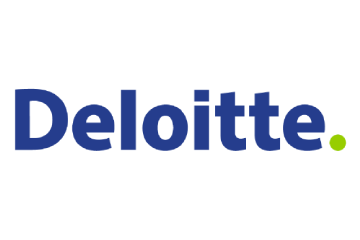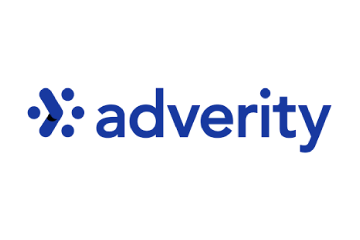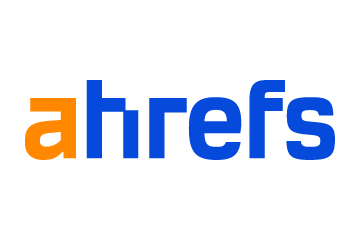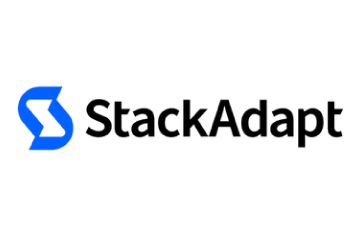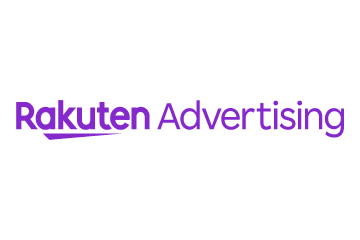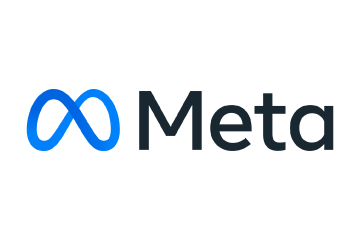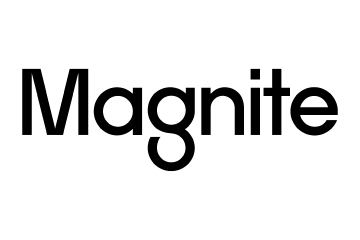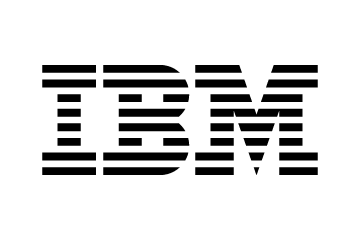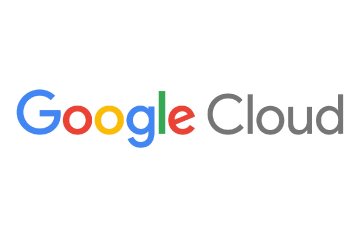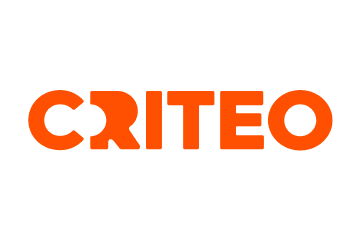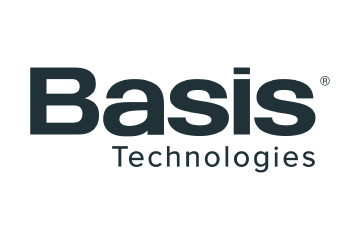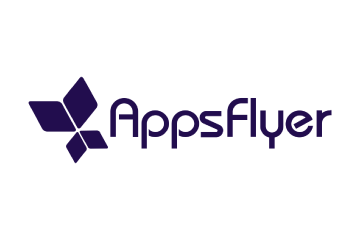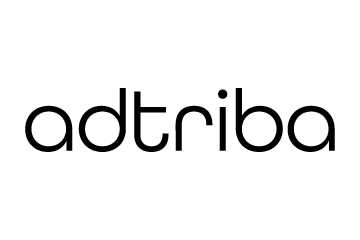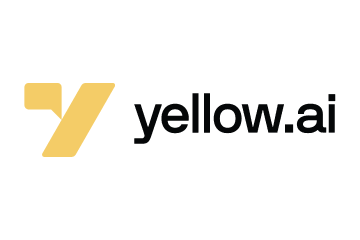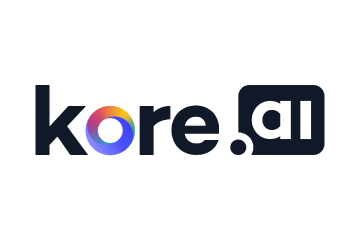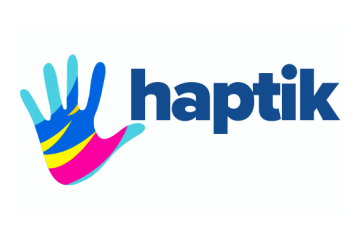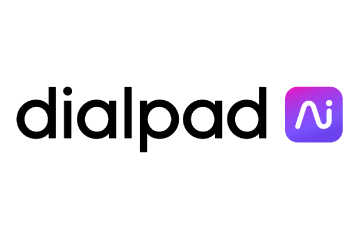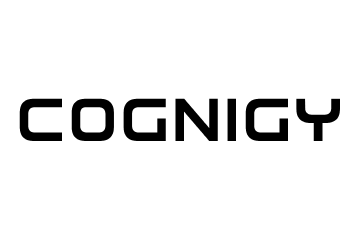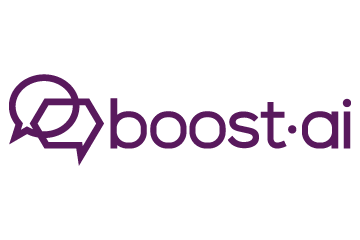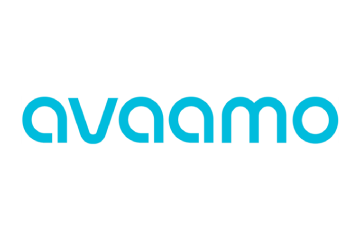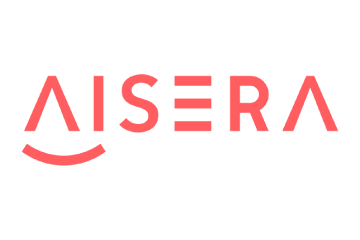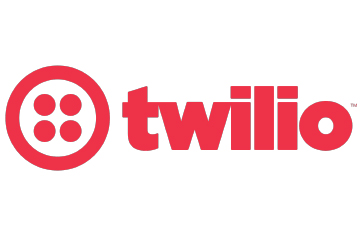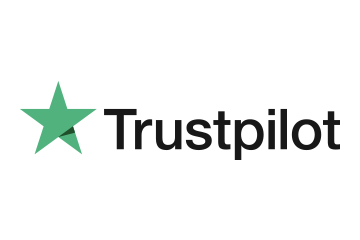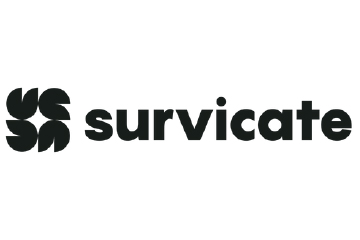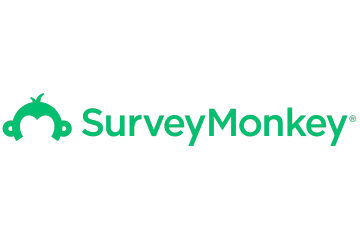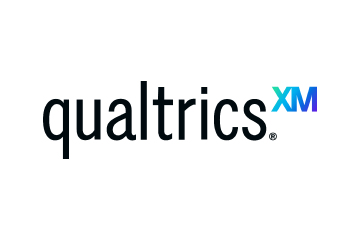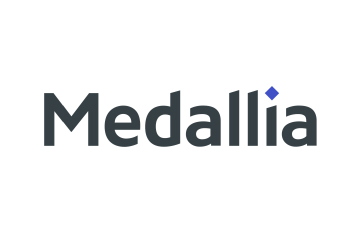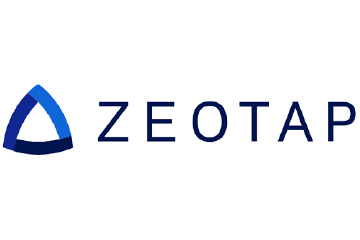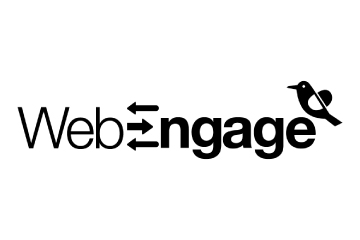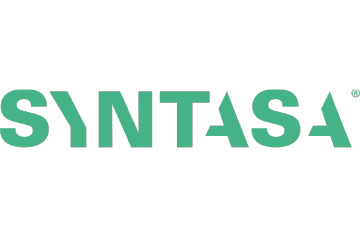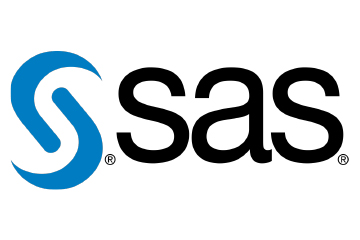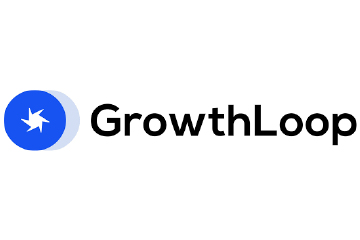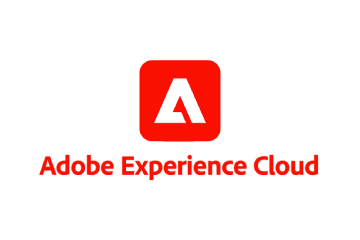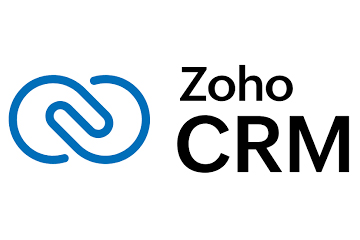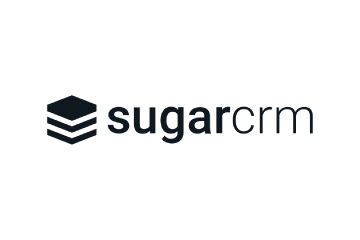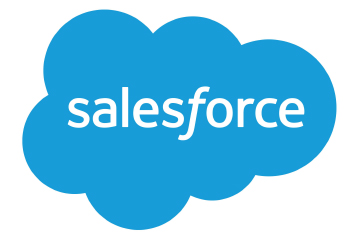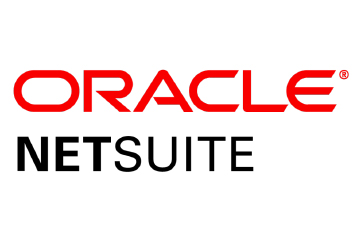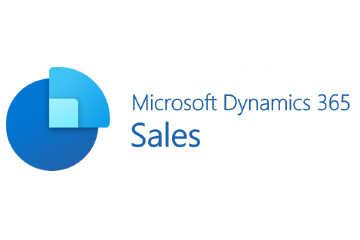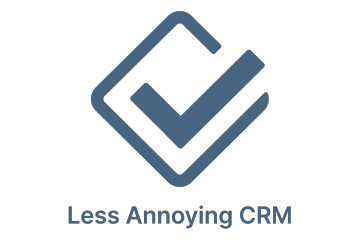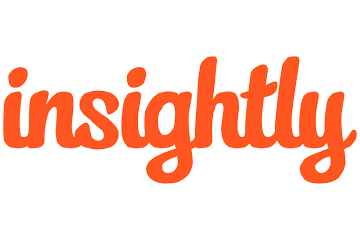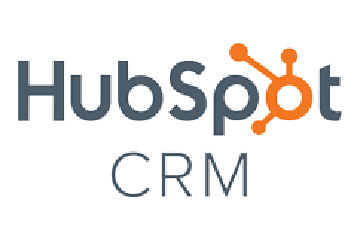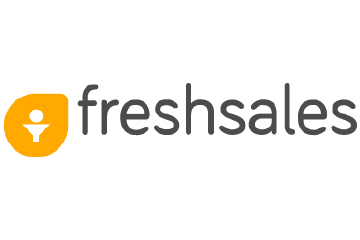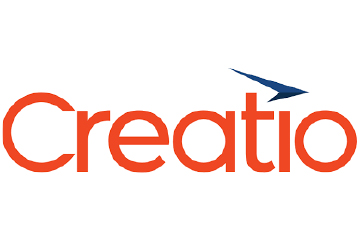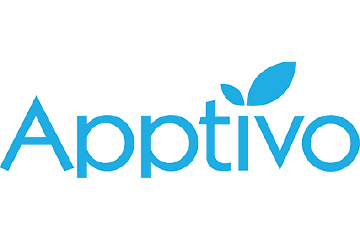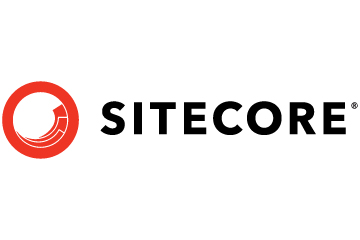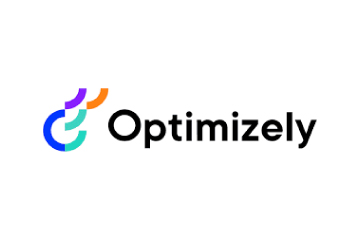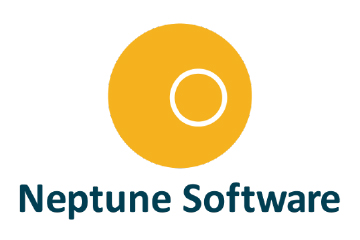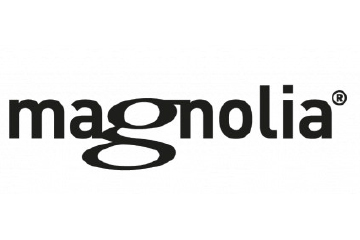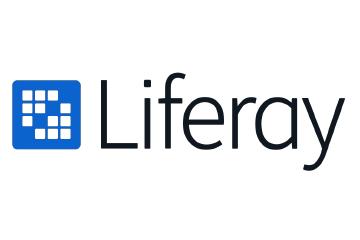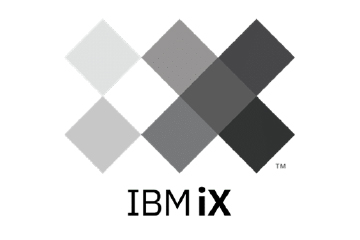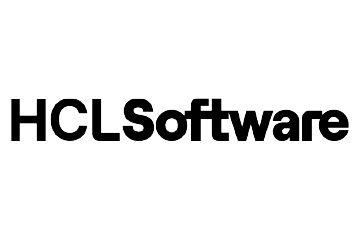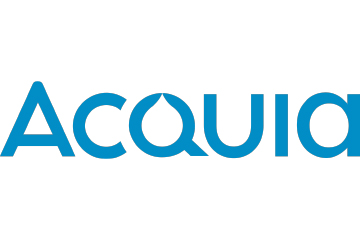Why Gen Z Trust Is Driving the Rise of Creator-Led Menus
From pop-up collaborations to limited-edition drops, influencers and creators are stepping into the kitchen to co-create products that boost sales, drive engagement, and deliver shareable dining experiences.
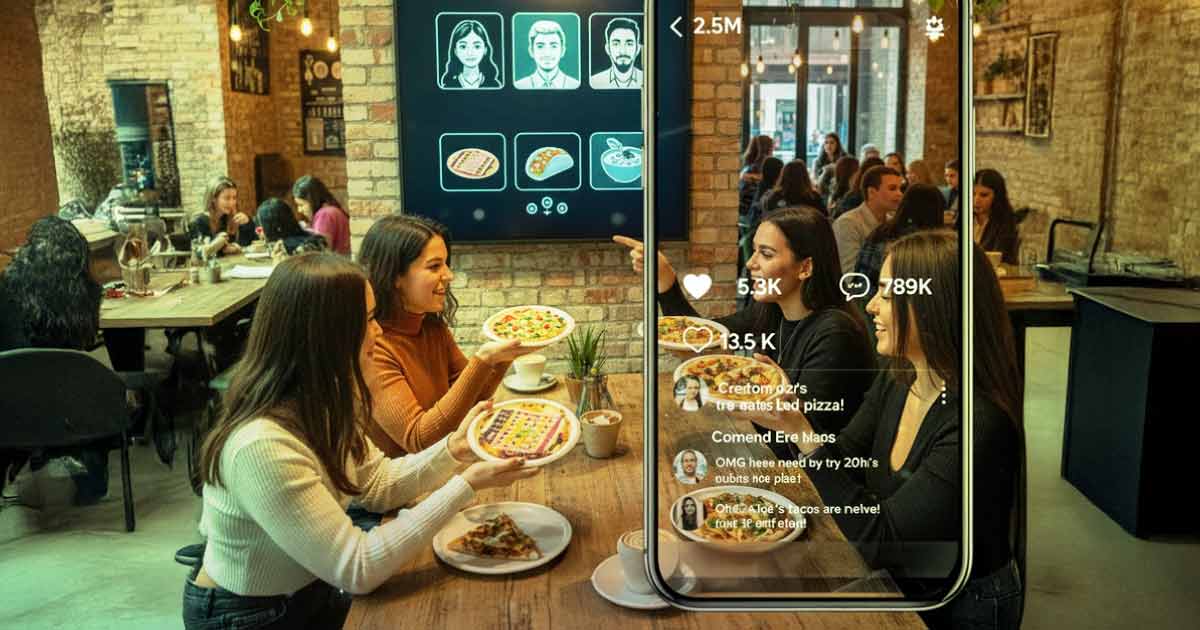
Remember when influencers only posted photos of their food after a restaurant visit? Today, this narrative takes a different trajectory, with creators putting their vision, taste, and personalities into menus and branding.
Sometimes, they are practically stepping behind the counter.
In MENA, these collaborations are full-fledged creative partnerships in which influencers help develop recipes and shape product launches. In the UAE, for example, lifestyle creator Talia Fawaz teamed up with Knot Bakehouse to design baked goods that matched her personality: funny, meticulous, and aesthetically captivating.
Similar changes are taking place around the world: companies like Sweetgreen and Chipotle have welcomed TikTok stars into their kitchens to collaborate on the creation of their signature dishes, which are then introduced to millions of fans who are already invested in their success.
Why It’s Taking Off: The Gen Z Effect
If you’re curious about why creator-led menus have become so popular, start with the numbers.
Micro-influencers have become Gen Z’s trusted trendsetters. Instead of glossy celebrity endorsements, Gen Z responds to “people like me” sharing honest opinions.
A recent study found Gen Z is 3.2× more likely to trust a product recommendation from a micro-influencer than from a traditional celebrity (69% vs. 22% trust). They also prefer UGC over brand-produced content by a wide margin. In other words, authentic marketing through relatable Gen Z content creators is the key to engaging this cohort.
An influencer’s statement, “I helped design this smoothie bowl,” has a greater impact than any pre-written commercial.
Scarcity Drives Action
To create exclusivity, many of these partnerships are planned as pop-up events or temporary menu drops. Intense FOMO is fueled on Instagram and TikTok by the countdown to a debut, combined with behind-the-scenes creation footage, directly impacting sales and foot traffic.
An example from the UAE illustrates this point: a local café partnered with a health influencer to introduce a limited-edition protein latte. In just a few days, both sales and foot traffic increased by 10%.
Then, digital solutions like Syrve helped bridge the gap between hype and implementation by combining pop-up inventory management, internet shopping, and real-time sales tracking.
More Than a Marketing Play
While every brand and creator offers something different and unique, a few formats have proven to be apparent successes in the MENA market and beyond: limited-time menus, pop-ups with live cooking and streaming, as well as seasonal collaborations linked to themes.
In fact, creator-led menus are evolving into a strategic product innovation model. Attracting influencers to the development process helps brands access niche tastes and boost trend-aware creativity.
Restaurants see multiple benefits to this co-creation process.
- First, it helps attract new revenue streams. The limited-time nature often commands higher price points and premium positioning.
- Second, recipes and concepts can be tested in real-world settings before investing in large-scale rollouts.
- And finally, collaborations allow brands to reach specific audiences at a time when they’re most engaged.
The payoff is tangible. Compared to traditional campaigns that just use paid advertisements or brand-owned social media postings, campaigns that launch with a creator typically result in more first-week orders and a higher engagement lift.
A Final Bite?
The MENA region is a hotspot for creator-centric menus, thanks to its young, trend-conscious population, high smartphone penetration, and social media impact. Crossovers between internet personalities and eating businesses are already becoming increasingly common in Dubai, Riyadh, and Doha.
Creator-centric menus reflect a change in the way F&B venues and influencers work together. Co-creating something as appealing to the audience as it is to the author has a higher ROI than simply purchasing a post. At the end of the day, this directly addresses consumer psychology, cultural trends, and the desire for experiences that seem distinct and shareable in a dynamic market.
In order to build fruitful partnerships with influencers, restaurants should prioritise connection, authenticity, and execution.
Choose creators whose values and audiences truly align with yours; provide them with creative output to make the partnership feel genuine; and assist with the launch by providing the necessary operational tools, such as digital ordering and inventory, to convert online buzz into real outcomes.
ALSO READ: Every ‘Hello’ Turns Into a Conversion Opportunity

